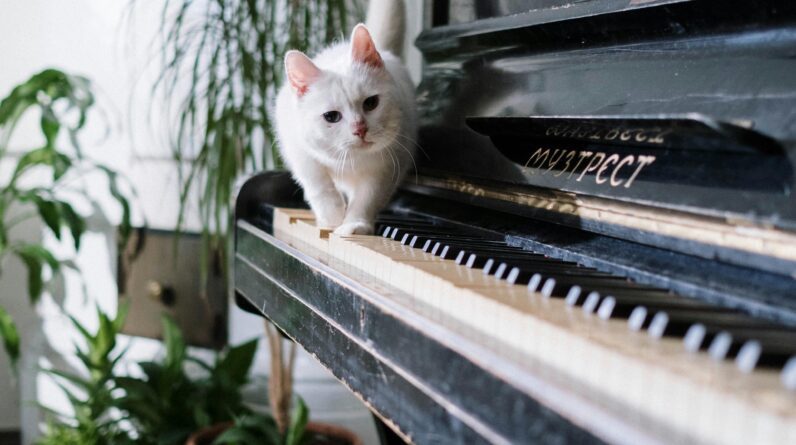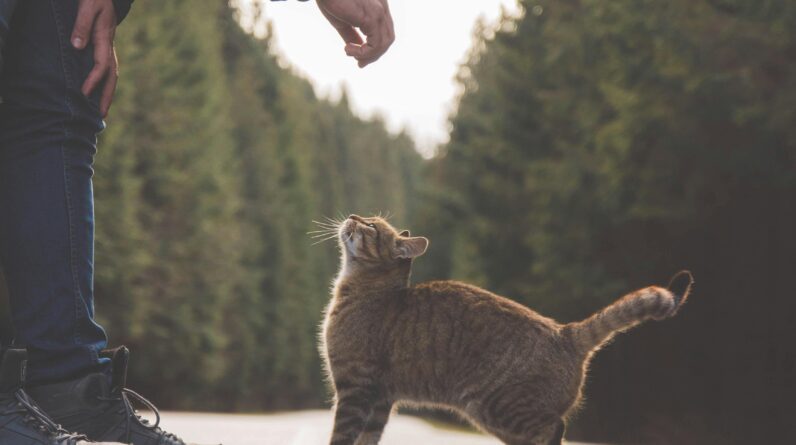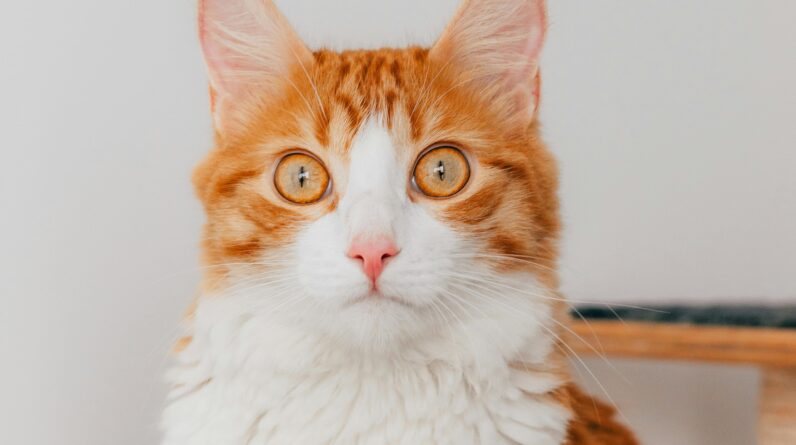
Welcome to the captivating world of domestic cat breeds! With their wide array of colors and personalities, cats hold a special place in our hearts. Have you ever wondered, “how many domestic cat breeds are there?” Well, you’re about to find out!
Cats have been our companions for thousands of years. Each breed has its own unique quirks and charms. From the sleek Siamese to the fluffy Maine Coon, there’s a perfect feline friend for everyone.
You might be surprised to learn that over 70 recognized domestic cat breeds exist today. Each breed boasts distinct characteristics that make it special.
Their delightful diversity stems from centuries of breeding by humans worldwide. This has resulted in cats with various coats, sizes, and temperaments.
The magic lies in discovering which breed resonates with your lifestyle and personality best.
Did you know vet visits for your ginger pal can cost up to $80?
Pet insurance, at a small cost, helps avoid big bills ensuring kitty happiness!
Current Number of Recognized Breeds
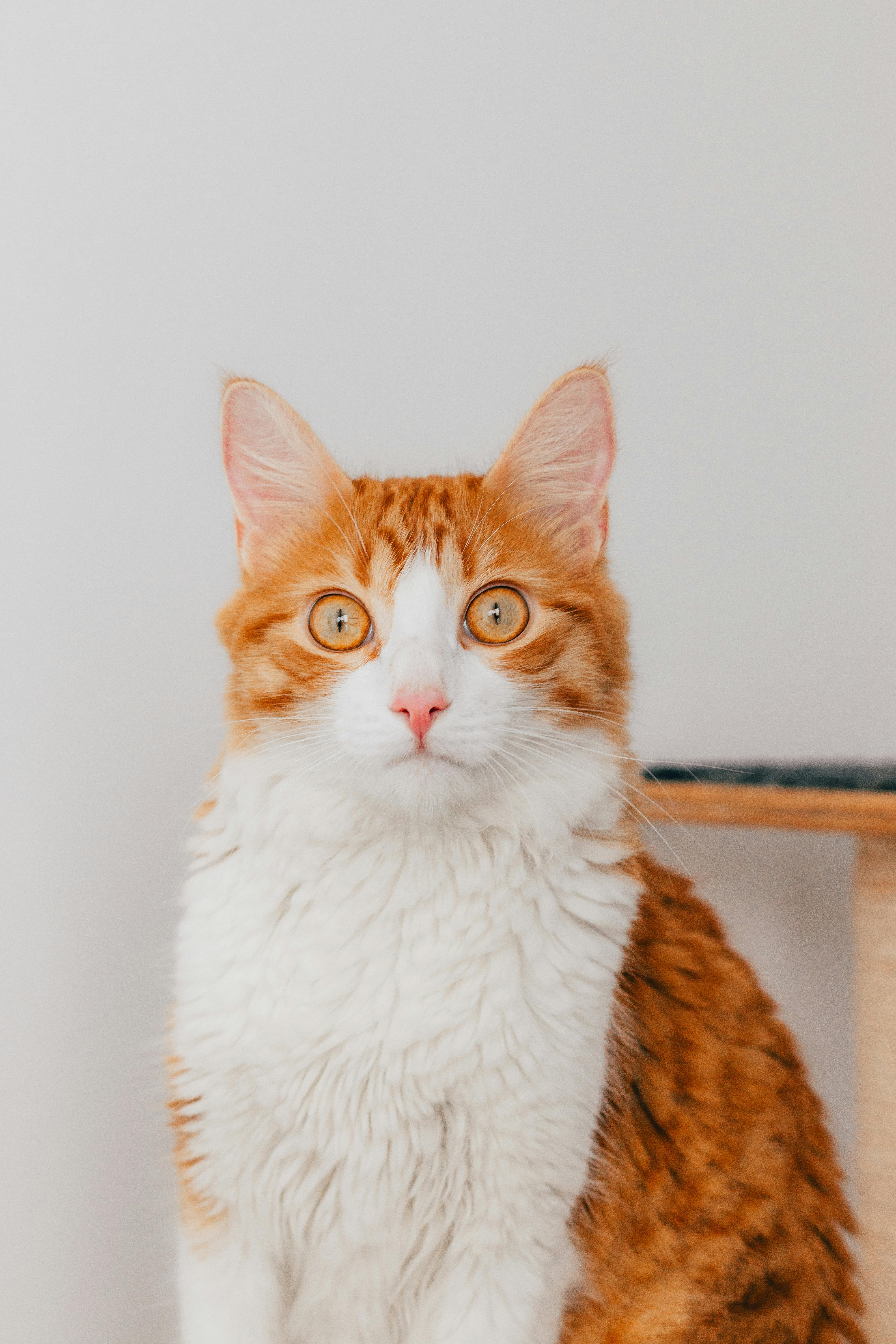

You might be curious about the current number of recognized cat breeds. As of now, there are over 70 distinct domestic cat breeds. These elegant creatures, each with a unique flair, reflect centuries of careful breeding.
The International Cat Association (TICA) and CFA (Cat Fanciers’ Association) play vital roles in breed recognition. They ensure each breed meets specific standards for appearance and behavior.
This diversity allows you to choose a feline companion that fits your lifestyle perfectly. Whether you prefer the playful Abyssinian or the calm British Shorthair, there’s a match out there for you.
Amazing traits like size, coat patterns, and energy levels vary widely among these breeds. This means there’s always something new to learn or discover about your furry friend!
If you’re thinking about bringing a kitty into your home, knowing these recognized breeds helps immensely. It can guide you in understanding what to expect from different types of cats.
Understanding Breed Classifications
When diving into the world of cats, breed classifications can be intriguing. These classifications help you understand how different *feline types* are grouped based on characteristics.
Cats are typically classified by physical traits and historical origins. For example, some breeds have long hair, while others have short or even no hair at all!
The Cat Fanciers’ Association (CFA) uses several criteria to classify breeds. They consider factors like body shape, size, fur length, and color patterns.
You might also hear terms like “natural” or “hybrid” when talking about cat breeds. Natural breeds develop over time without much human intervention. Meanwhile, hybrid breeds result from crossing domestic cats with wild species.
This classification offers a framework to appreciate the diversity among your feline friends. It shows how each breed has its own quirks that make them special!
If you’re ever in doubt about a breed’s classification, referring to TICA’s guides can be helpful. They provide detailed explanations on what makes each group unique.
Popular Cat Breeds Around the World
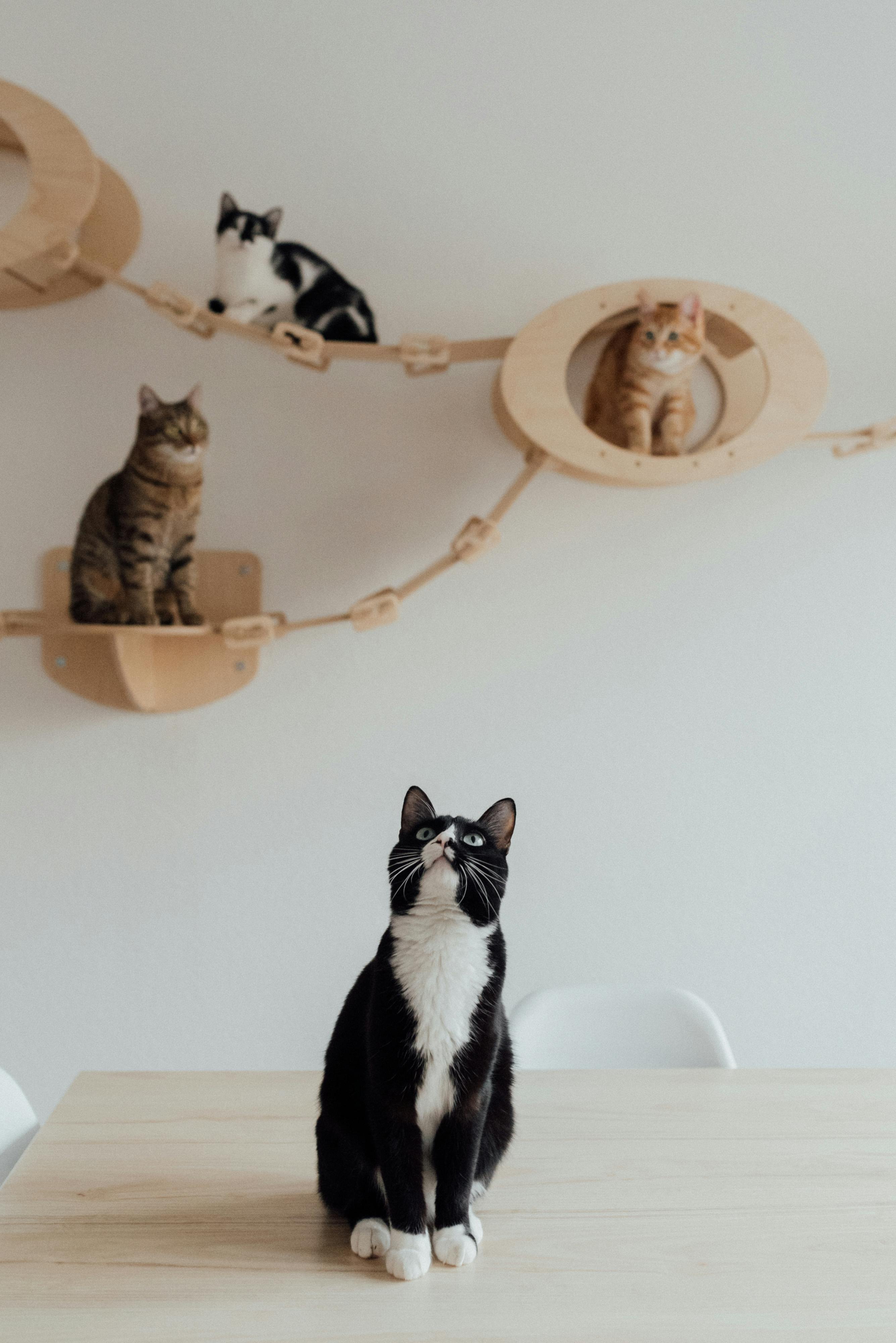

Cats have captured our hearts worldwide with their unique personalities. Some breeds have become more popular globally, thanks to their charm and adaptability.
The Persian cat is a favorite for its luxurious, long fur and calm demeanor. It’s like having a fluffy cloud as a companion!
Then there’s the playful Siamese, known for its striking blue eyes and talkative nature. These cats love to chat with you after a long day.
The Maine Coon, America’s native giant, stands out with its size and tufted ears. Despite their large frame, they are gentle giants who adore family life.
If you’re fond of hairless pets, the intriguing *Sphynx* might catch your eye. Their wrinkled skin gives them an otherworldly appearance that’s hard not to love.
- Bengal: Known for leopard-like spots and an adventurous spirit.
- Ragdoll: Famous for being floppy when held; they’re incredibly affectionate!
- *Scottish Fold:* Recognized by adorable folded ears; these cats are quite mellow.
Around the globe, these cat breeds bring joy to households in unique ways. Each has traits that suit different lifestyles, making it easy to find your perfect furry friend!
Rare and Unique Feline Varieties


Some cats are so special they seem like little wonders. These rare feline varieties captivate us with their unusual features and charm.
The Egyptian Mau is a striking breed known for its naturally spotted coat. It’s also one of the fastest domestic cats, able to run up to 30 miles per hour!
If you prefer something truly exotic, the *Savannah Cat* might intrigue you. This breed is a cross between a domestic cat and an African Serval, boasting wild looks.
The Khao Manee, often called “Diamond Eye,” has stunning white fur and eyes that sparkle like jewels. They were once kept by Thai royalty as treasured pets.
- Lykoi: Known as the “werewolf cat,” it has patchy fur resembling wolves.
- Korat: A silver-blue coat gives them an elegant appearance; they’re also quite affectionate!
- *Turkish Van:* Loves swimming; it’s called “the swimming cat” due to its water-friendly nature.
An encounter with these rare breeds is unforgettable due to their uniqueness. Each carries stories from different cultures and lands, making them living pieces of history!
The Future of Cat Breed Development


The world of cat breeds continues to grow and change. As science advances, so do the possibilities for creating new and exciting feline friends.
Genetic research plays a big role in developing future cat breeds. Scientists can now identify specific genes responsible for traits like fur color or body size.
This knowledge helps breeders create cats with desired characteristics while maintaining health standards. There are discussions about ethical breeding practices to ensure the well-being of these cats.
While some aim to enhance beauty or temperament, others focus on hypoallergenic breeds. These could help more people enjoy feline companionship without sneezing fits!
The idea of cloning pets is also becoming more popular, allowing people to have replicas of beloved past kitties.
However, this raises questions about uniqueness and individuality in animals’ lives.
Did you know vet visits for your ginger pal can cost up to $80? 😮 Emergencies might even hit thousands! But fear not! Pet insurance has got your back. For just a tiny cost, skip huge bills and keep kitty healthy. Click here for peace of mind and endless purrs.



